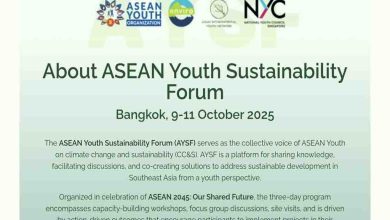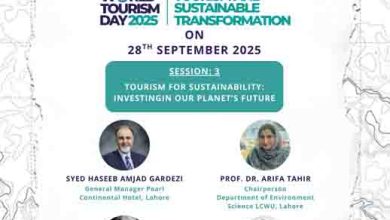Urgent Water Crisis in Pakistan: 3 Major Dams at Dangerously Low Levels
Pakistan faces an alarming water crisis as the water levels in Rawal, Simly, and Khanpur dams drop dangerously low. Find out the impact and measures being taken to manage the crisis.
The Water Crisis in Pakistan has reached a critical point, particularly affecting the twin cities of Rawalpindi and Islamabad. The region is experiencing dangerously low water levels in its three major dams—Rawal, Simly, and Khanpur—primarily due to prolonged dry weather and below-average rainfall.
This situation is not only alarming for environmentalists but also for the nearly five million residents who rely on these water sources for daily consumption, agriculture, and sanitation. According to the National Drought Monitoring and Early Warning Centre, the country is on the brink of a severe water emergency unless immediate steps are taken.
Current Water Levels in Rawal, Simly, and Khanpur Dams
The statistics are sobering:
- Rawal Dam: 1,741.10 feet (approaching dead level of 1,708 feet)
- Simly Dam: 2,263.80 feet (well below capacity)
- Khanpur Dam: 1,937.58 feet (critically low)
These reservoirs supply water to the twin cities, but the current levels suggest that there is only enough water to last for 40–45 days, assuming no significant rainfall occurs.
High temperatures are compounding the problem, causing rapid evaporation and further reducing available reserves.
🔗 External Resource: Pakistan Meteorological Department – Drought Updates
Groundwater Depletion in Rawalpindi
Adding to the crisis, Rawalpindi’s groundwater table has dropped to below 700 feet, making it increasingly difficult for tube wells to extract water. Most of WASA’s 500 tube wells are shallow and outdated, further aggravating the situation.
This sharp decline in underground water levels highlights the unsustainable reliance on tube wells and the urgent need for rainwater harvesting, groundwater recharge projects, and alternative water supply schemes.
Impacts on Residents of Rawalpindi and Islamabad
The water shortage has led to:
- Increased dependence on private water tankers
- High fees being charged by private suppliers
- Free tanker delivery services by the government in severely affected areas
- Public distress, particularly in densely populated or lower-income zones
Residents are now bracing for water rationing, which is expected to begin in the second half of May. This will include scheduled water cuts and stricter usage limits.
🔗 Internal Link: How to Conserve Water at Home
WASA’s Water Control Plan
To manage the Water Crisis in Pakistan, the Water and Sanitation Agency (WASA) has launched a comprehensive Water Control Plan that includes:
Key Measures:
- Crackdown on water theft
- Penalties for unpaid water bills
- Ban on using piped water for gardening, car washing, and driveways
- Mandatory installation of water recycling systems at car wash stations
This plan aims to conserve water and reduce wastage, especially during this critical dry spell.
Long-Term Solutions: Projects in the Pipeline
Despite the current crisis, some future projects offer hope:
Chahan Dam Water Supply Scheme
- Under construction
- Expected to significantly increase water availability for Rawalpindi
Ghazi Barotha Project
- If implemented, it could resolve the water issue for the next 100 years
- Aims to reduce dependency on tube wells and vulnerable reservoirs
However, experts emphasize the need for climate-adaptive planning, investment in infrastructure, and public awareness campaigns to make water use more sustainable.
🔗 External Resource: UN Water on Climate and Water
Conclusion: Urgent Need for Rain and Reforms
The Water Crisis in Pakistan is no longer a distant threat—it’s a present emergency. Without substantial rainfall in the coming weeks, Rawalpindi and Islamabad could face a major humanitarian and public health disaster.
Authorities must act swiftly with:
- Efficient rationing
- Strict enforcement of water-saving rules
- Investment in long-term infrastructure
At the same time, citizens must also take personal responsibility by reducing water wastage and reporting illegal usage.
Call to Action:
It’s time for government bodies, NGOs, and citizens to come together and address this looming threat before it spirals out of control.







